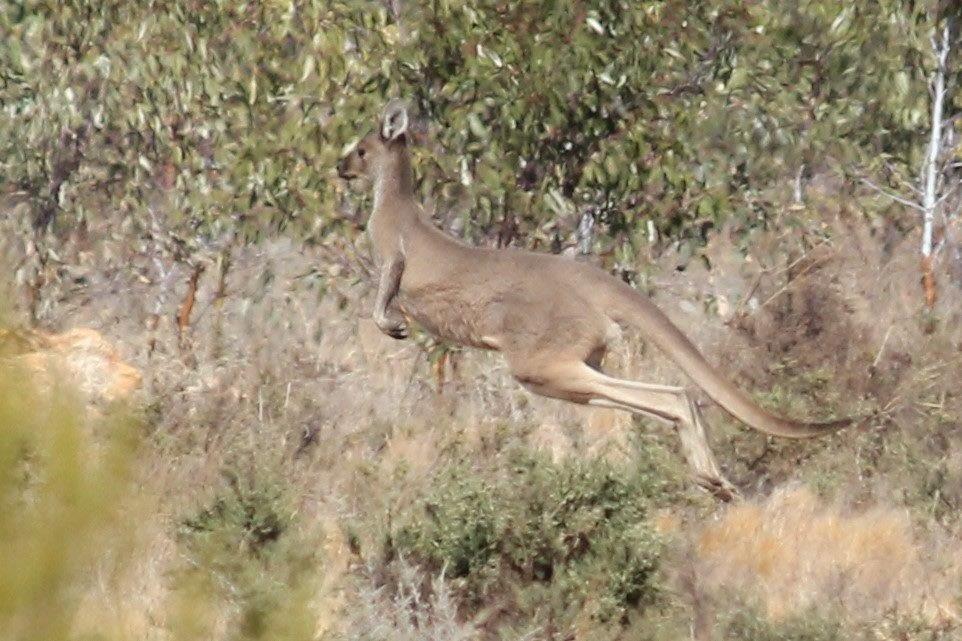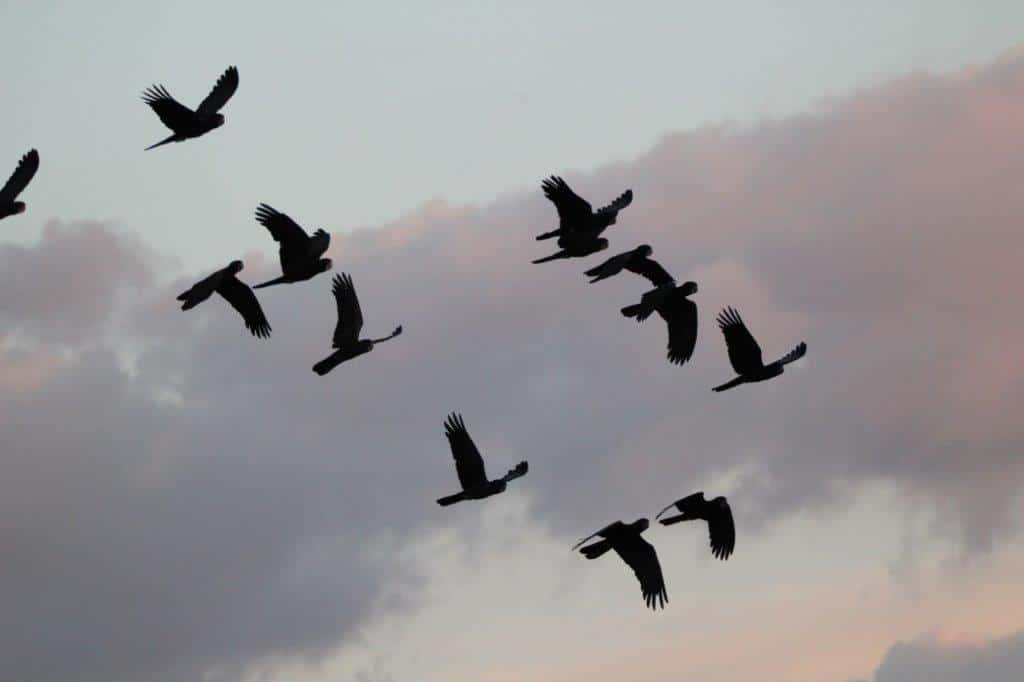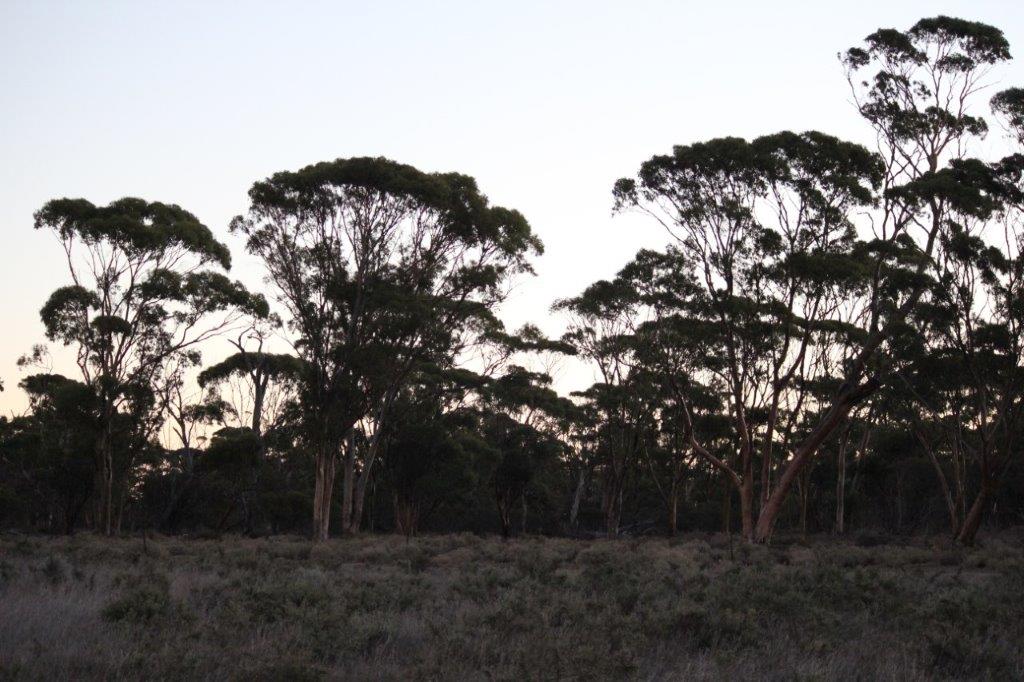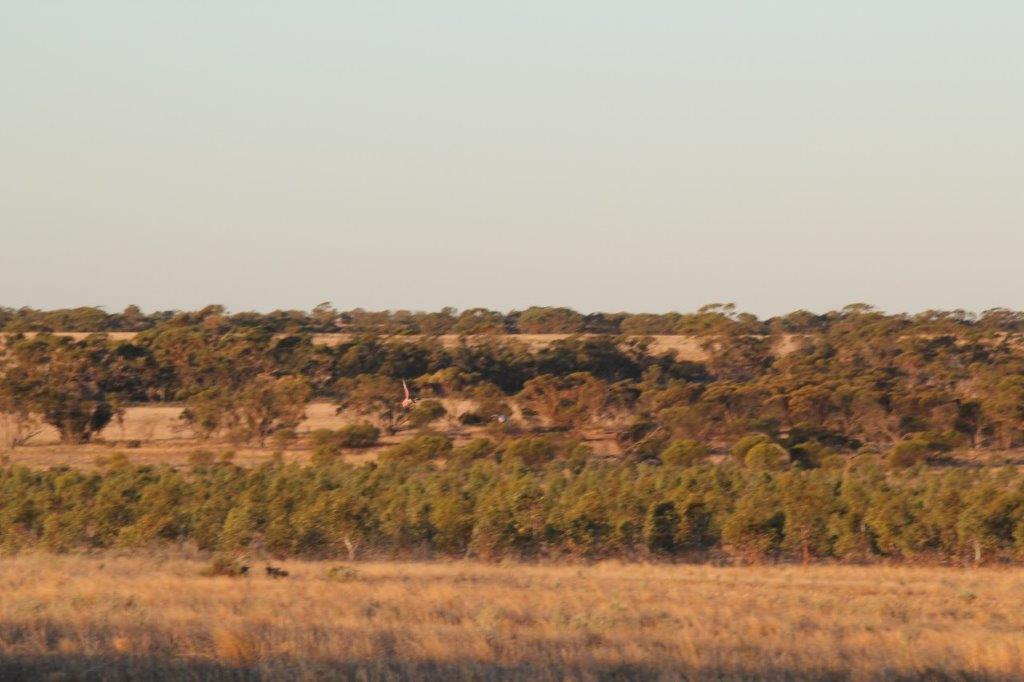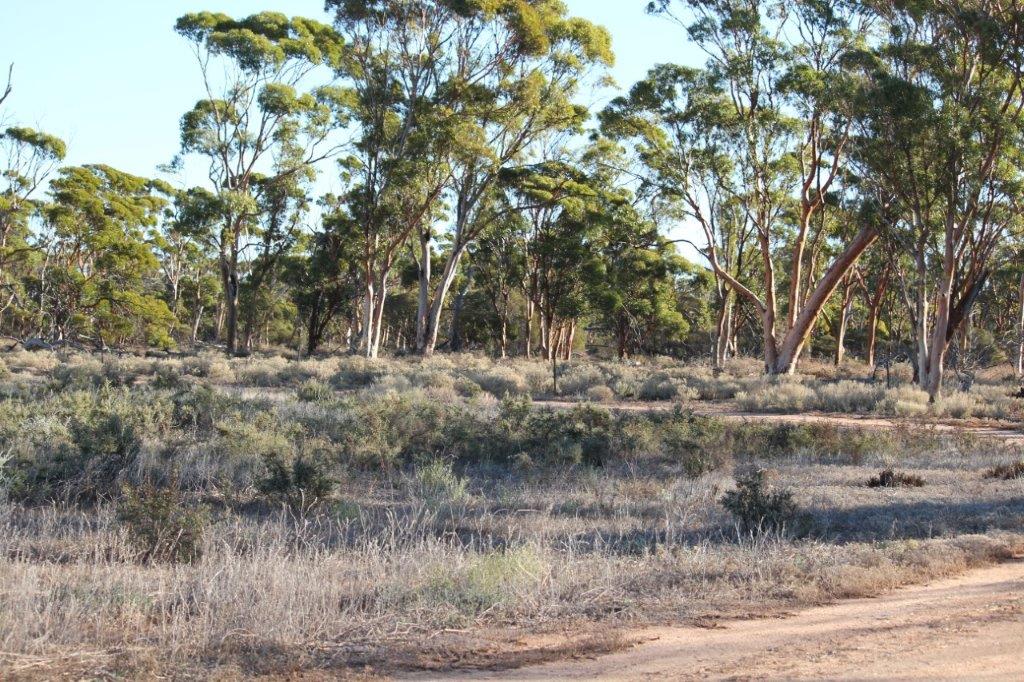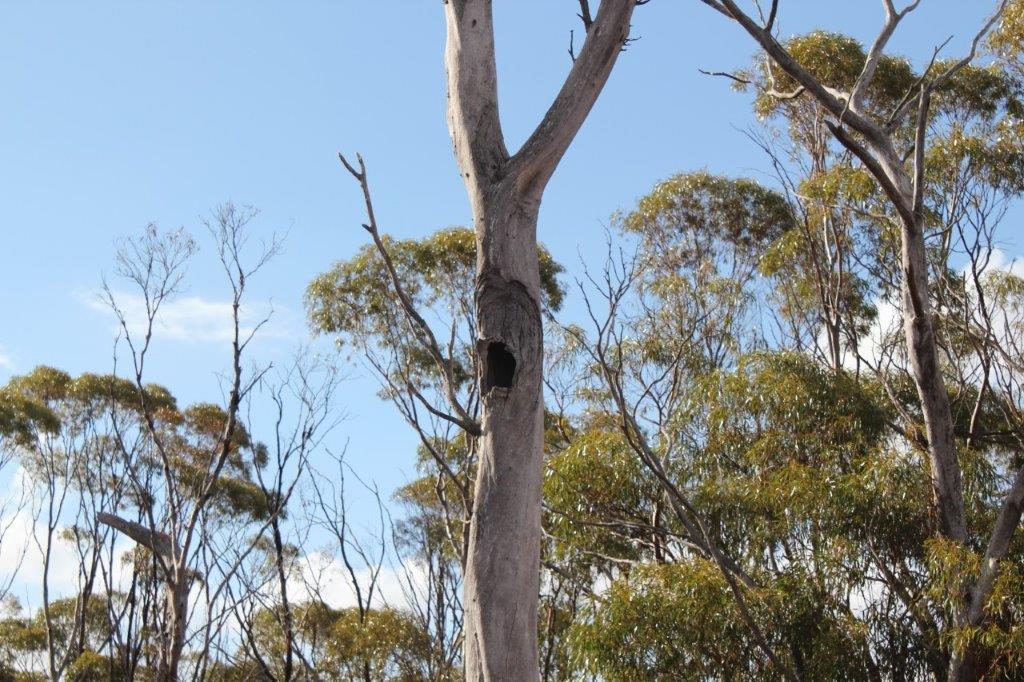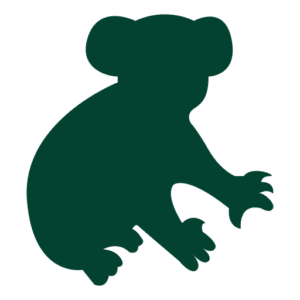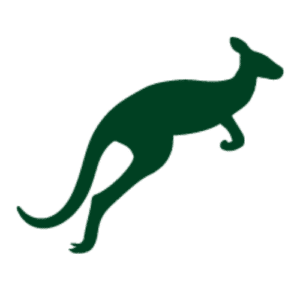Sue and Steve Rose are the owners of Little Bluebush Wildlife Sanctuary, a property located approximately 260km south east of Geraldton. The property is a dedicated wildlife sanctuary used for wildlife rehabilitation. It is Sue and Steve’s intent to reside there, and to use it as a release site for the orphaned, injured and displaced kangaroos which they rehabilitate through their group Wildlife Care WA Inc. The property is also registered with Land for Wildlife.
The sanctuary covers 511 hectares and overlies the Yilgarn Craton, an ancient ‘lump’ of granite dating back to more than 2500 million years ago which covers most of the south west of Western Australia. The property runs along two sides of a Nature Reserve where there are vulnerable red-tailed black-cockatoos (Calyptorhynchus banksii) among the salmon gums (Eucalyptus salmonophloia). The landforms on the sanctuary consist of elevated sandplains, rocky outcrops and some exposed granite. There are other rock types found in the form of dolerite and quartz dykes. The soil consists of areas of yellow sandy earth, shallow gravel, and shallow soil over granite-red brown clayey sand to sandy loam. The land was farmed in the past but there are many areas of remnant vegetation which are in good health. Since 2012, a proportion of the property has been planted with mallee trees as a carbon offset. These plantations remain in place and will do so under a carbon covenant for 130 years. The plantations provide additional habitat and linkages for wildlife and the owners plan to establish more biodiverse plantings where space allows. This will consist of trees, shrubs, ground covers and flowering natives endemic to the region.
There is a variety of flora including tammin (Eucalyptus leptopoda), Oldfield’s (E. oldfieldii) and red-flowered (E. erythronema) mallees, salmon gums (E. salmonophloia), york gums (E. loxophleba), gimlets (E. salubris), broombushes (Melaleuca uncinata), acacias (Acacia spp.), native grasses, cottony bluebushes (Maireana brevifolia), wiry honeymyrtles (Melaleuca nematophylla), everlastings (Rhodanthe chlorocephala), featherflowers (Verticordia spp.), jam trees (Acacia acuminata), sandalwoods (Santalum spicatum), quandongs (S. acuminatum) and many more. The owners’ plan to collect seeds for revegetating in the future, and their primary priority with regards to weed eradication is slender iceplant (Mesembryanthemum nodiflorum).
Wildlife known to inhabit the property includes red (Macropus rufus) and western-grey (Macropus fuliginosus) kangaroos, euro wallaroos (Macropus robustus), short-beaked echidnas (Tachyglossus aculeatus), fat-tailed dunnarts (Sminthopsis crassicaudata), Bynoe’s geckos (Heteronotia binoei), bobtails (Tiliqua rugosa), carpet pythons (Morelia spilota). Diverse bird life includes red-capped robins (Petroica goodenovii), splendid fairy wrens (Malurus splendens), woodswallows (Artamus spp.), galahs (Eolophus roseicapilla), magpie-larks (Grallina cyanoleuca), Port Lincoln parrots (Barnardius zonarius), rufous whistlers (Pachycephala rufiventris), striated pardalotes (Pardalotus striatus), thornbills (Acanthiza spp.), honeyeaters (Meliphagidae spp.), zebra finches (Taeniopygia guttata) and rare western wheatbelt white-browed babblers (Pomatostomus superciliosus ashbyi). Malleefowl (Leipoa ocellata) are also found in the area, with the first sighted near the property in July 2017 and are listed as rare and likely to become extinct in Western Australia. The owners hope to become involved with the North Central Mallee Fowl Preservation Group which does a lot of work preserving these sites.

